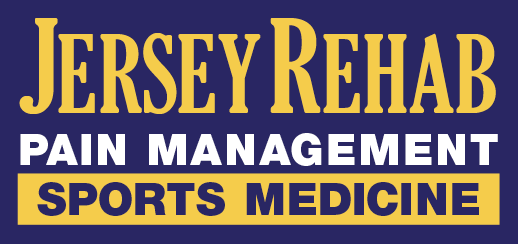Types of Pain You Should Never Ignore
Pain is the body’s way of letting you know that something is wrong. At the same time, you can’t let every ache or pain drag you down. So how do you know which types of pain to worry about and which types you can let go?
Below is everything you need to know about the types of pain you should not ignore. By getting prompt medical attention, you can improve your symptoms and prevent further damage from occurring.
Nerve Pain
Nerve pain can happen for a number of reasons, but it shouldn’t be ignored. Otherwise, it can throw off your entire body. It’s especially important to see an advanced pain management doctor right away if you are experiencing tingling, numbness, weakness or a total loss of feeling. Your doctor can determine the root cause and an appropriate treatment regimen.
Mid-back Pain with Fever
Back pain is very common, and it’s usually not a cause for concern. But there are times when back pain may indicate something serious like a kidney infection. This condition develops when bacteria gets into the urinary tract and spreads to the kidneys. Usually, this type of back pain is associated with a fever.
Thunderclap Headache
Thunderclap headaches live up to their name by causing a sudden clap of thunder. These types of headaches are rare but they are suddenly very painful and can signal an aneurysm. By going straight to the ER, surgeons can save your life by sealing off the weekend spot. Without this swift treatment, bleeding can go into the brain.
Pain with Loss of Function
If you hurt your leg and can’t walk on it, this is understandable. But if you can’t move your leg at all, this needs to be checked out by a qualified pain management doctor. Loss of function can mean you have a fracture, nerve injury, loss of blood flow or serious infection.
Sharp Ache Between the Shoulder Blades
“Silent heart attacks” account for nearly half of heart attacks. They are described as “silent” because you don’t feel the chest pain and pressure that people typically associate with heart attacks. Instead, you have to be on the lookout for subtle signs like pain between the shoulder blades, shortness of breath and nausea.
Tender Spot in the Calf
If one spot of your leg is painful to touch, it could be deep vein thrombosis (DVT), a blood clot in the deep veins. The spot might also be red and warm to the touch. Without treatment, the clot can increase or break off, causing serious problems. DVT is most common when sitting for long periods of time. If you plan on traveling, make sure you’re getting up and taking stretch breaks.
Treat Acute and Chronic Pain at Jersey Rehab
Fortunately, there are plenty of ways to treat most types of pain – you do not have to live uncomfortably. With proper treatment, you’ll be able to move more, which will improve your health and help you heal faster. To learn more about the approaches to treating pain, contact Jersey Rehab at one of our three locations.

